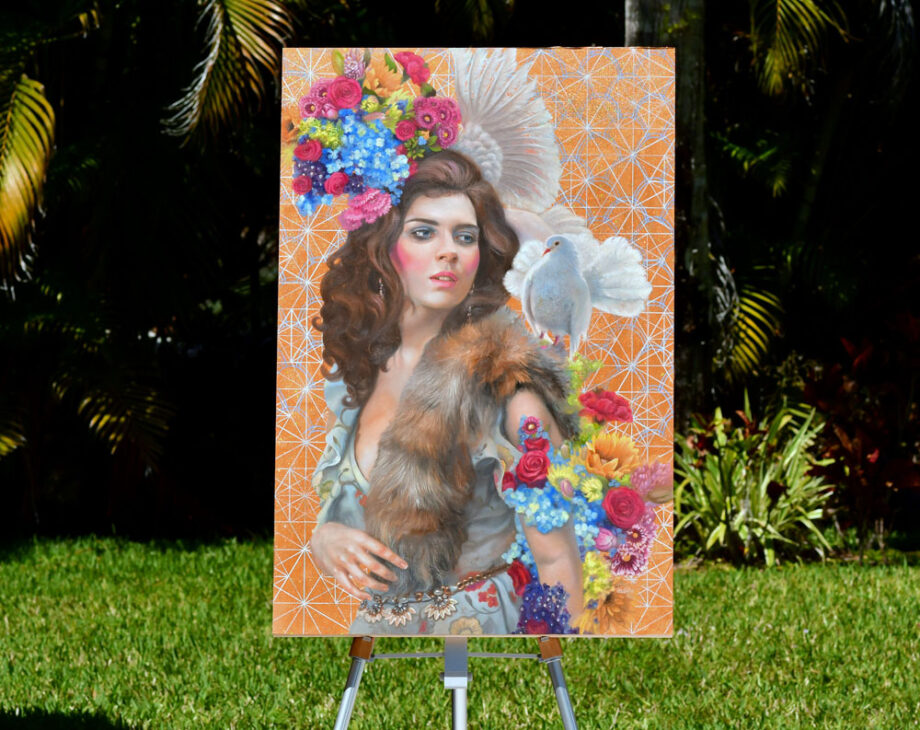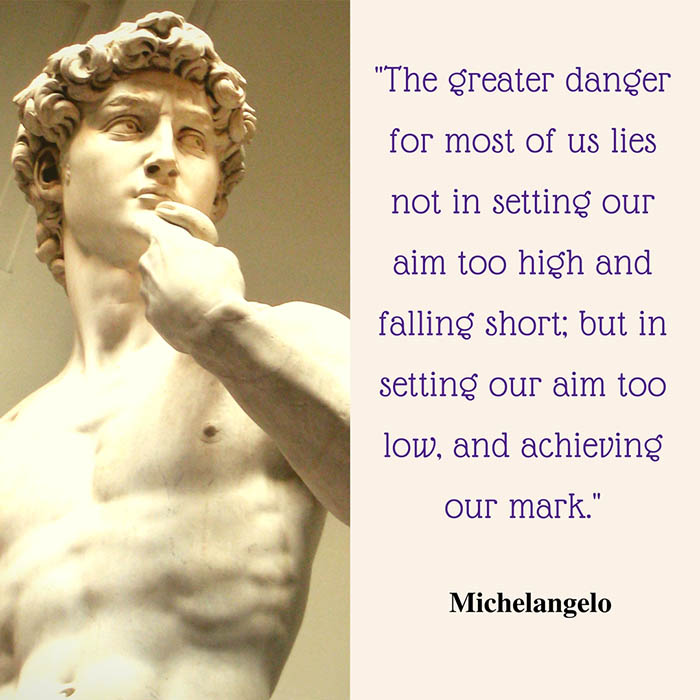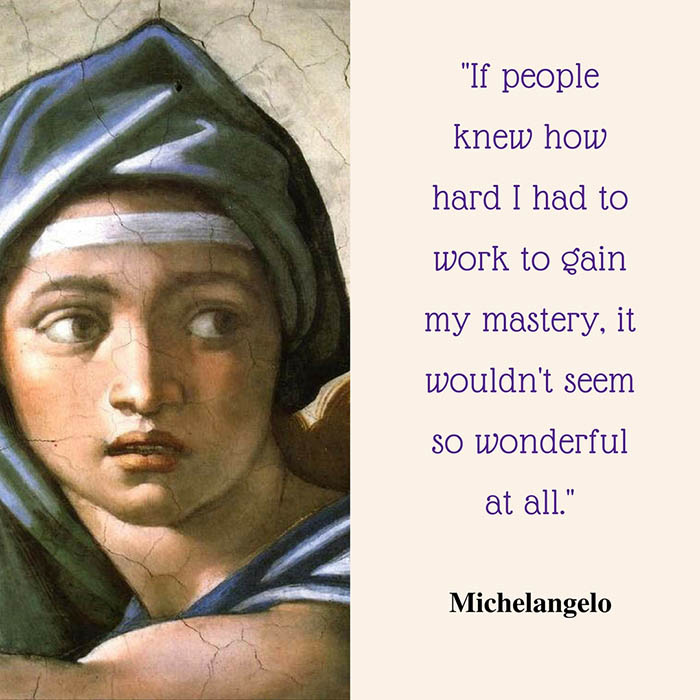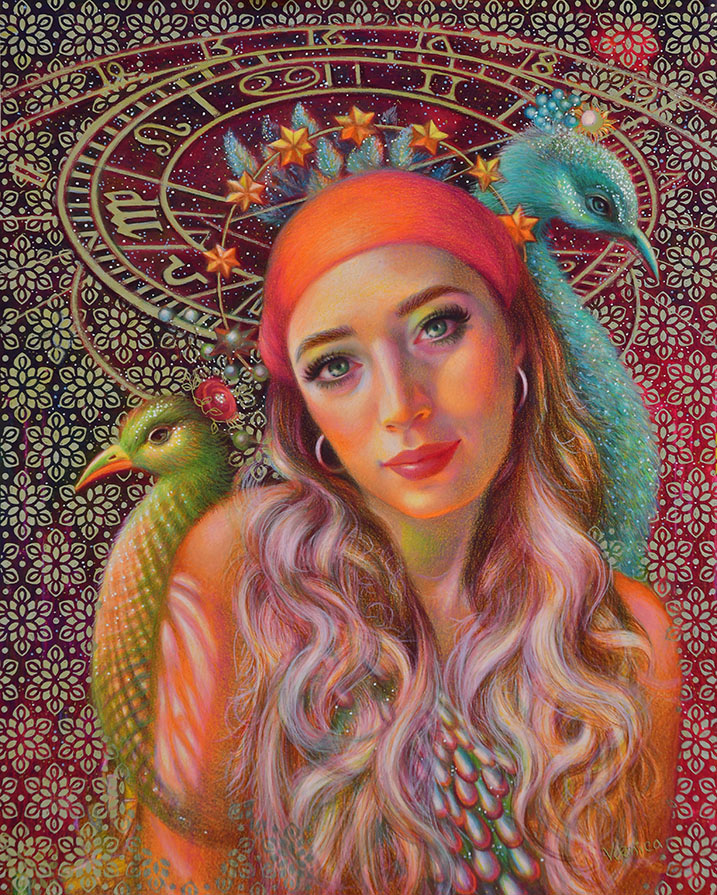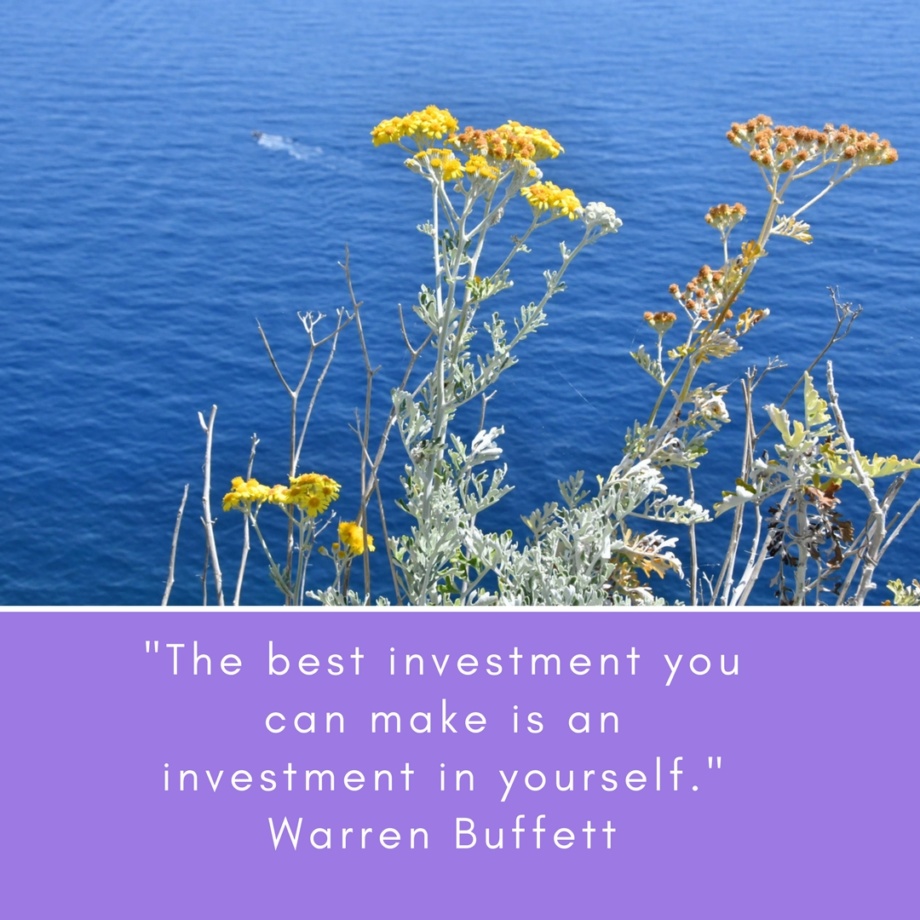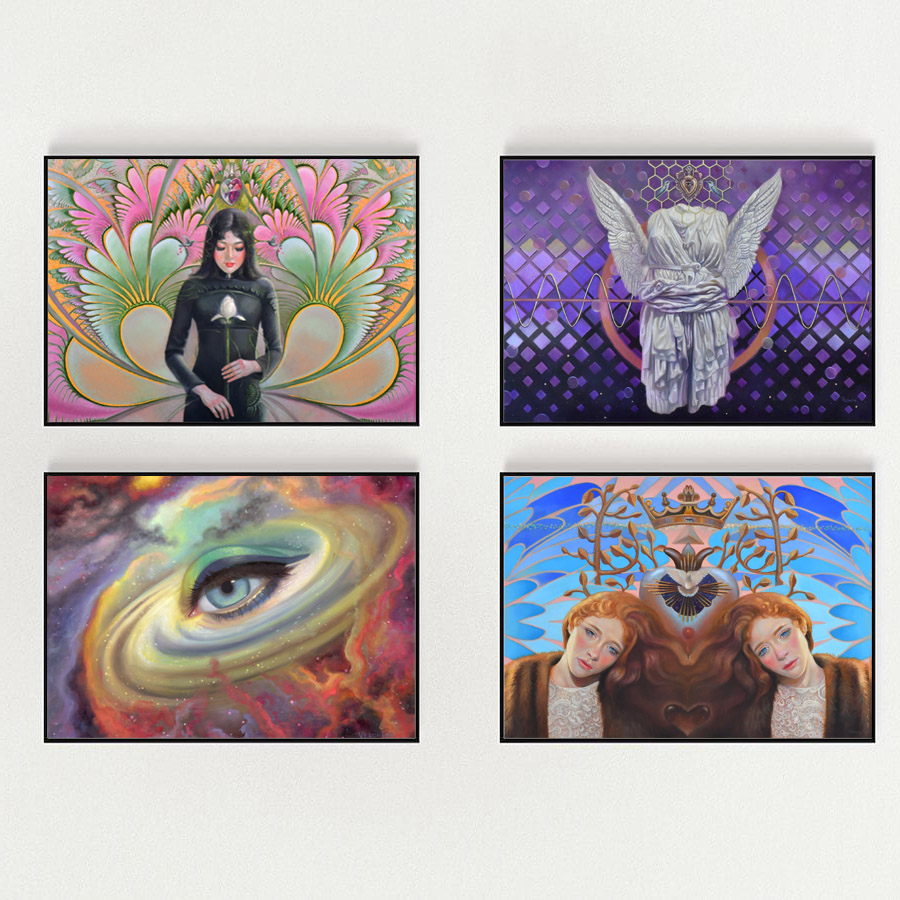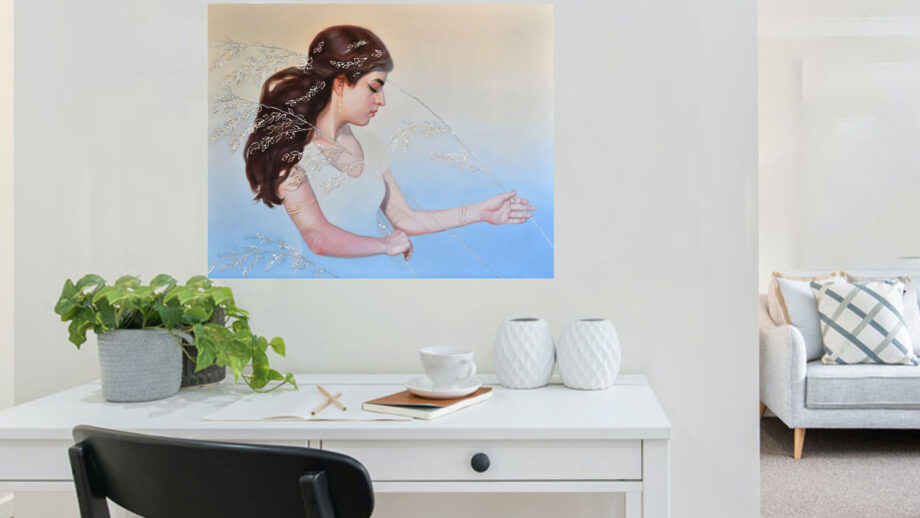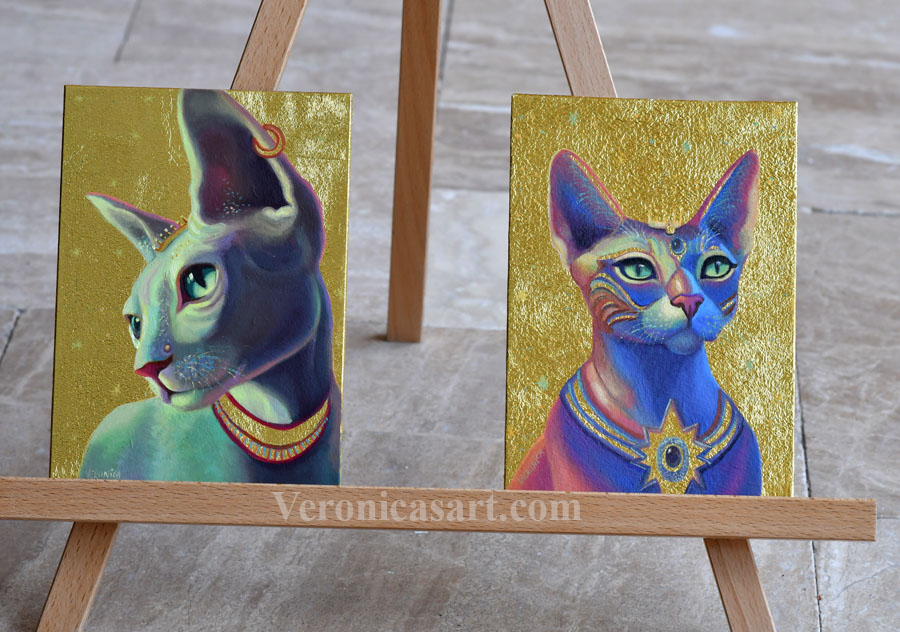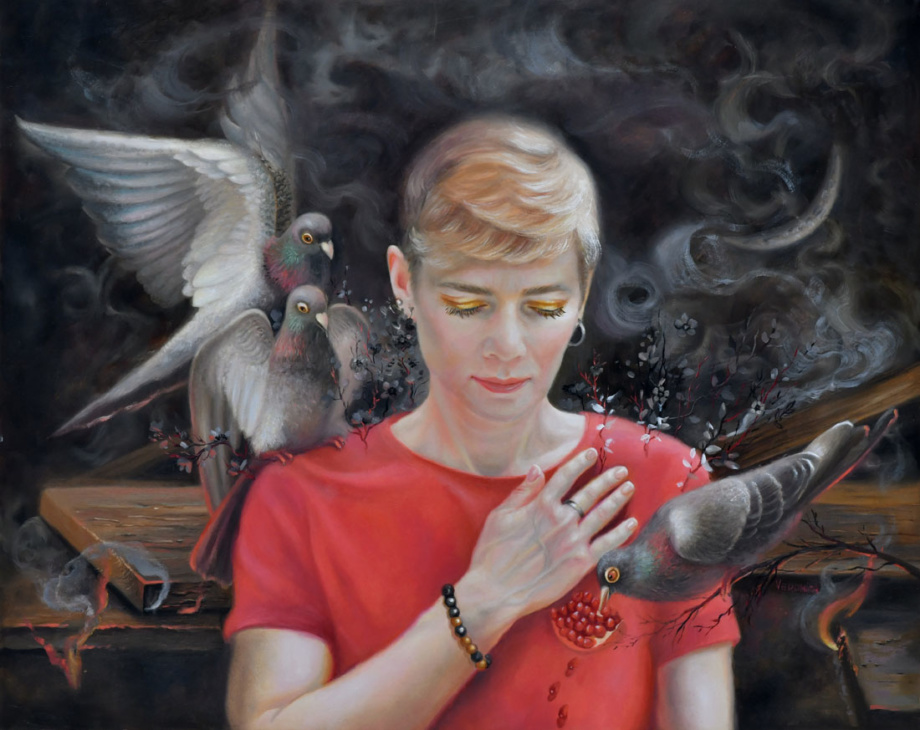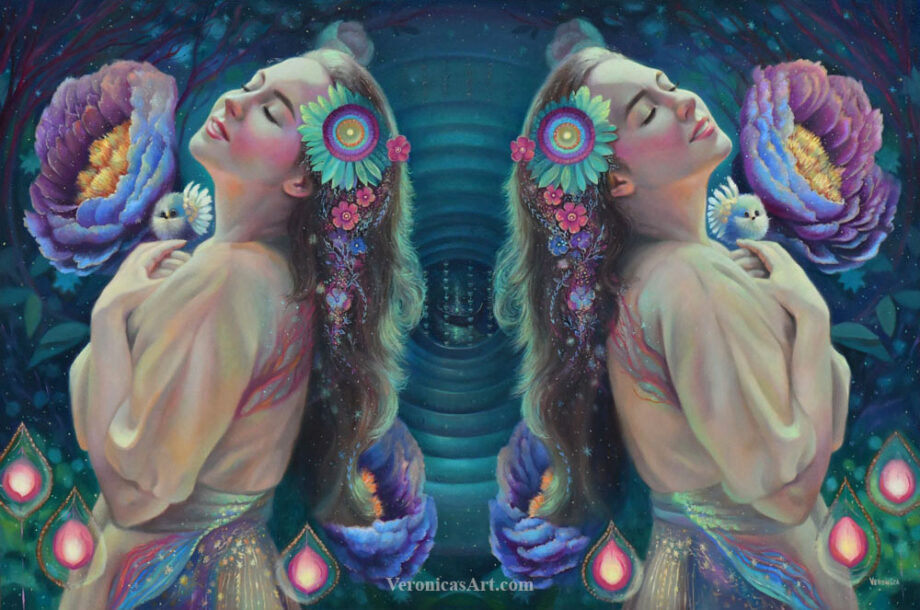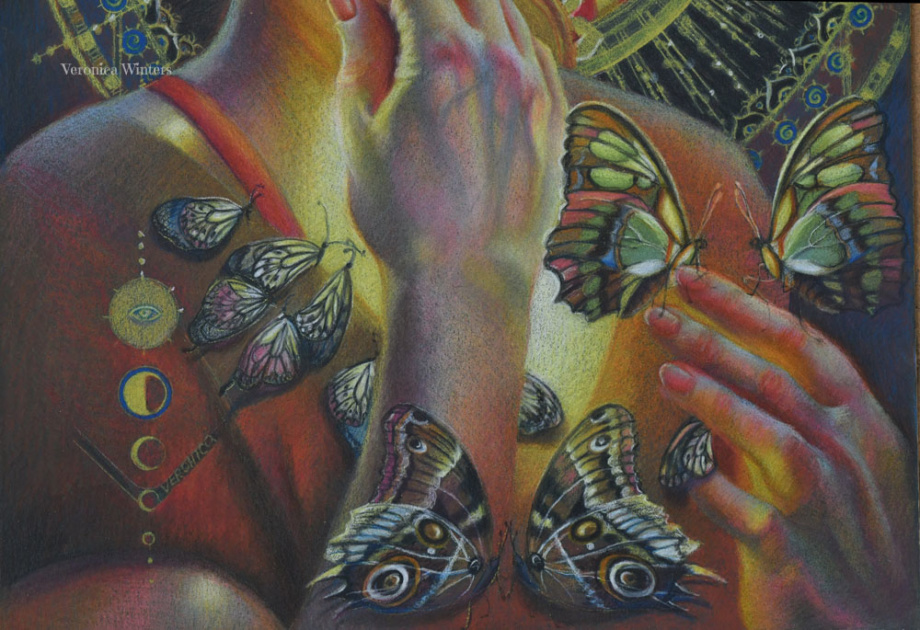In this post, I’d like to share a few pages from my journal that I wrote in the past. These are thoughts and quotes that let me survive and grow as an artist. Being an artist is much harder psychologically than financially because we all can have a job to go by, but to nurture your gift, you must have time, passion, and dedication where the psychological state of your mind is crucial to success (no matter how you define it for yourself).
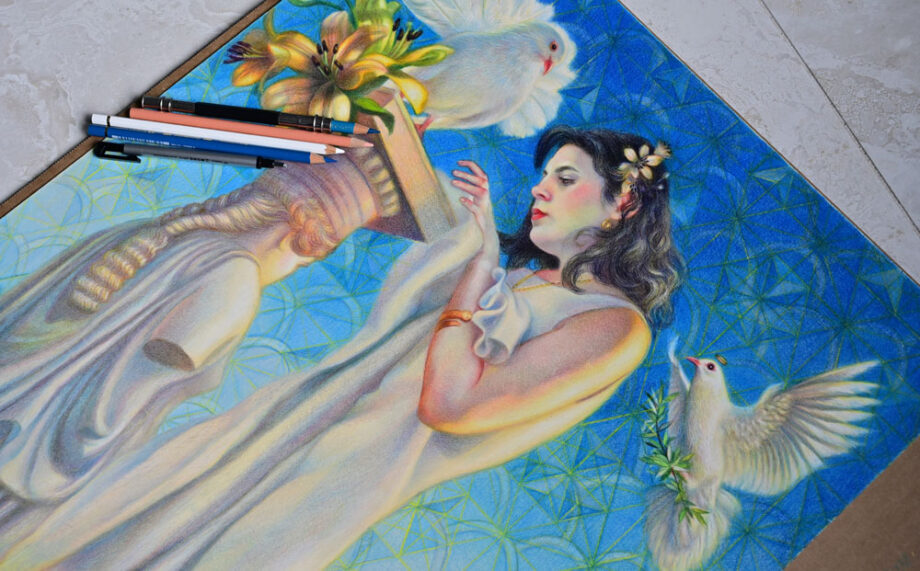
Life of an artist: thoughts that let me grow
Every portrait that is painted with feeling is a portrait of the artist, not of the sitter.
Oscar Wilde
What keeps me sane makes me insane. A total contradiction of feelings and experience where I find beauty in solace few understand. I’m exhausted doing art no one needs where I fight with devaluing of art in a commercial market, where art reps and marketers scout for brand names and big bucks, where emotion is left out in favor of commercial success and quick judgment. There is a ceiling to my efforts, and networking becomes key to establish a lasting career. I used to think I’d be ok as an artist who has no fame. Yet, it’s so clear now that becoming a fashionable artist is necessary to achieve my vision. Getting in the zone to become a recognized artist becomes a gigantic goal to aspire to. (2014)
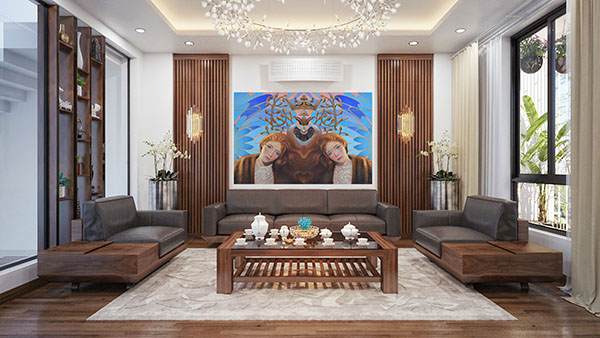
1. It’s a choice.
Who you become is your choice. What you do is your personal choice.
Life is like a river. If I don’t choose to swim upstream, I’m already in a slow-motion liquidation. Paddling deep waters becomes exhausting at times, yet the head is still sticking up above its cold edge.
I believe we are born with equal levels of happiness, courage, and talent. Yet, we differ so much in what we can accomplish in our lifetime. As children we adopt a mindset of beliefs that determines our future. Our parents play a profound role in this game… As adults we run on internalized habits and social conditioning that may work for us, while negative thinking may kill us. As a result, mindset is the only true determinant of luck and success, or a drama-ridden victimhood. Child abuse, neglect, or a very traumatic event in the past often overrides our Present because we live and feel a distorted reality, distorted in accordance with our beliefs and negative experiences of the past. Yet, just like making choices in food, we can make a different choice in thinking. The deeper the trauma, the harder it gets to part with it but when the goals, purpose and aspirations are clearly set, the mindset might have no choice but follow your intention as well.
Imagine you have your favorite shirt. You wear it often because it provides you with comfort. It’s soft and fits you well. You know you look good in it. One day you get tired of the same color, style, and fit. So you decide to get rid of it. Reasons unannounced, you lost interest in its comfort. And that’s how people are sometimes… (2014)
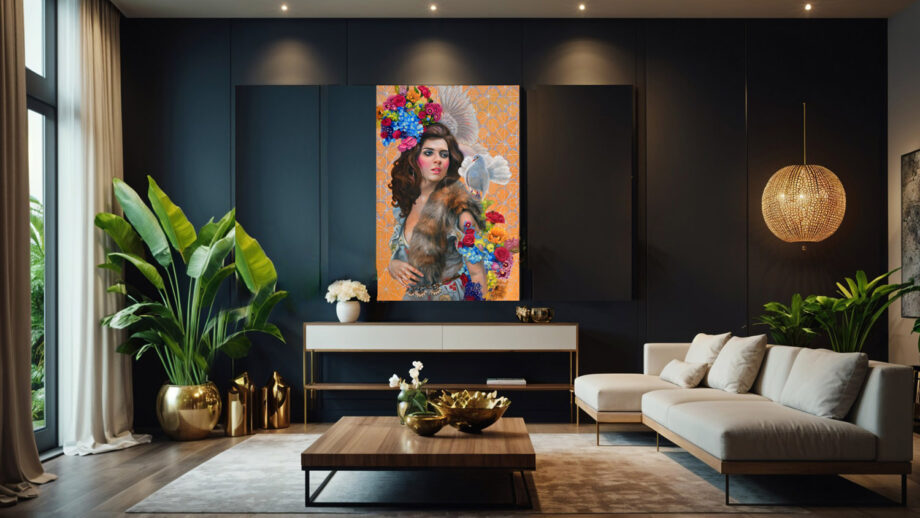
2. It’s focus.
The secret of genius is focus.
Alan H. Kohen
Focus on what’s important to you and become tenacious at pursuing it. Most people get tired and quit before achieving their dreams. We all fail, but we are in charge of our fate. Swim or die.
Find a mission bigger than yourself. Step out of your bubble. It’s much bigger than you because giving makes your life meaningful. Find a role model to stay focused and committed to your passion and goals. I found my purpose from the deepest emotional pain that gripped me for decades. Art helped me survive to find enjoyment in painting. Everything else was a temporary fix for my broken heart.
Do what you love. Do what makes you happy regardless of circumstances, approval, or outcome. Find your passion or purpose that makes you excited to wake up in the morning, because success comes from trying many times over.
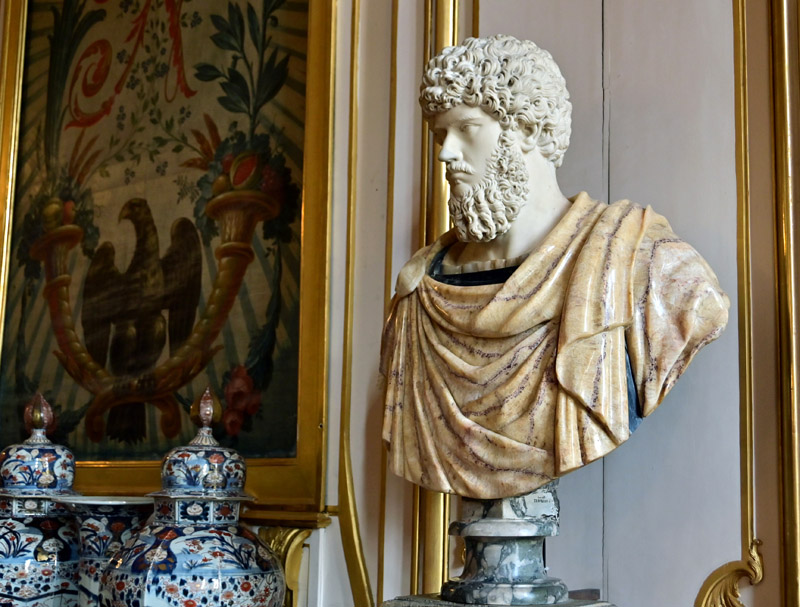
3. It’s being comfortable in uncomfortable place.
“Life begins at the end of your comfort zone.”
Neale Donald Walsch
You must find the courage to get out of your comfort zone. To do so, you must believe in yourself. Don’t say you can’t do this or that. Learn how to do ‘it’, whatever it may be. Finding excuses not to do something is a projection of your fear of failure. When you’re scared, choose to be brave. Understand the source of your fear to reduce it to zero over time.
Ambition is my fuel.
Passion is my force.
Love is my religion.
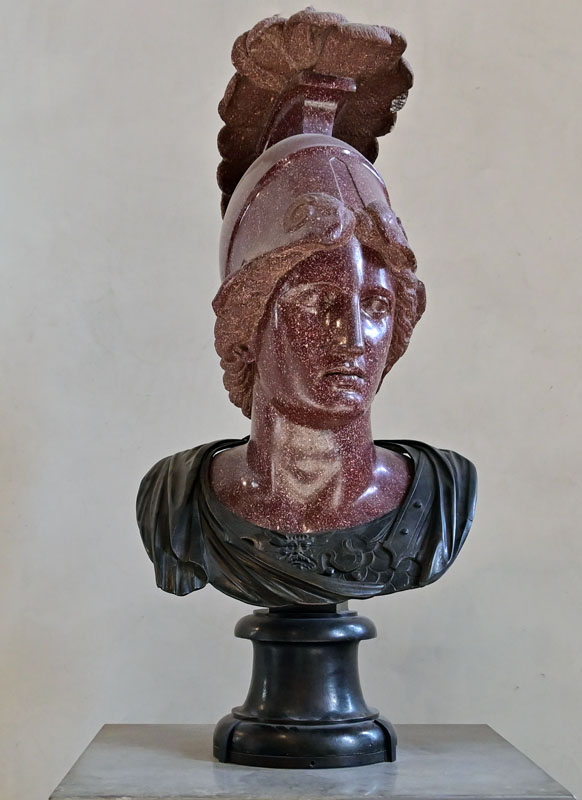
Failure plays a big part in my life. Every finished painting has two more copies in the trash. I get rejected often. I fail in some relationships with people. I often fail to communicate my boundaries. Failure can be intense, frustrating, and hurtful. Failure is paralyzing, but eventually it doesn’t stop me from trying to achieve what I want. Failure is a signal to do things differently, to find a new approach. And finding this new way takes even more energy than often rivals my desire to let it all go in flames. However, my failures transform into a learning curve, not the result.
4. It’s taking the time.
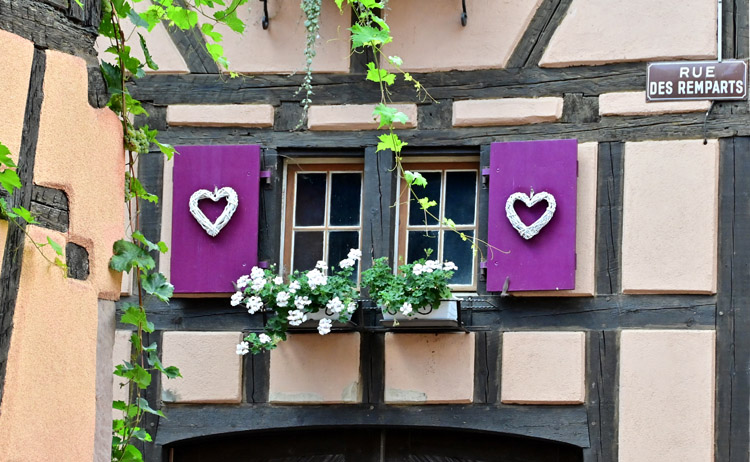
What the wise do in the beginning, fools do in the end.
-W. Buffett
If you don’t make the time, you’ll never find it. Everything you find is what you make.
The last stretch in painting is always the hardest. It takes 95 percent of my time. I chase the elusive sense of beauty that slips from my brush every time I finish work.
5. It’s dealing with & releasing judgment.
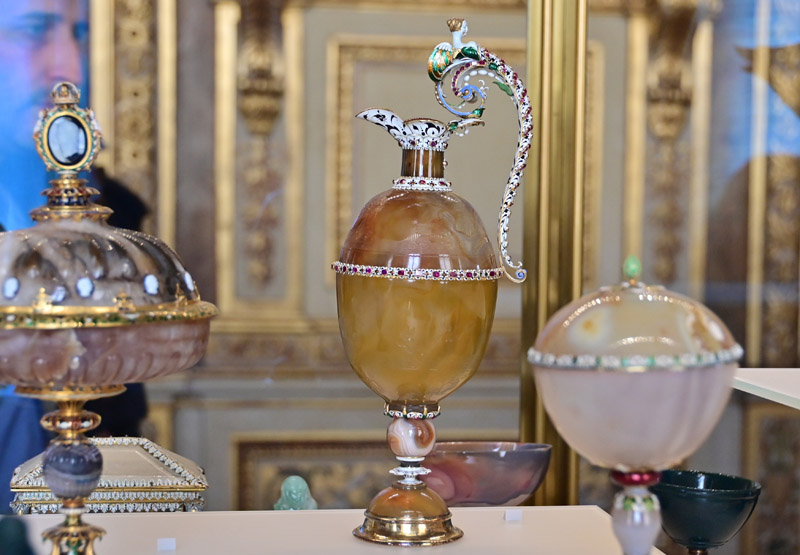
People like to establish their self-worth by denouncing others around them, instilling their values and beliefs in someone else to feel good about themselves, or to fight for some idea or cause they believe in. We all do it at times.
But what’s truly rare is to meet a person who is accepting of others. It’s rare to talk to someone who is confident, yet not obnoxious, who is proud of his achievements, yet non-judgmental, who is encouraging and helpful, yet not overpowering. Every day I’m growing to this new standard of acceptance of others. I aim to become such a person although I’m far away from this goal, I’m trying as I become stronger inside.
A shattered sense of a new home, place, or belonging can either suppress our heart or open it up to a beautiful way of living. Our thoughts control and limit our perception of reality, creating a protective cocoon that’s both real and fake. While inner emotions are very real to us, they don’t represent the world, our perception of reality only. Fears and insecurities are so hard to break from and let go of. While a part of us may always stay home, letting ourselves go on a new adventure is truly liberating.
I’m broken glass on the inside. When a heart gets crushed, it seems to heal eventually. It expands for other experiences, although a ravaged part keeps living. A broken heart is a loving heart 💓.
It’s really interesting to see how you have a few valuable people in your life who can be important to you for years, whose opinion is a priority, who might love you, and who exercise great power over your mindset. You could miss them terribly and hope that they might miss you, too, in return. But one day the bubble bursts, and what’s left is true you, and all that matters is your own opinion, your outlook on life, and your actions. And all of a sudden, those people lose their unintentional grip over you, if they have not disappeared from your life already. ( October, 2014)
The worst part about being an artist is facing people’s indifference or a complete absence of art appreciation. Finding a unique art style or voice in art by artists is often overlooked in favor of bright colors, realism, or details. Finding your voice is a journey and one of the hardest tasks for artists to accomplish.
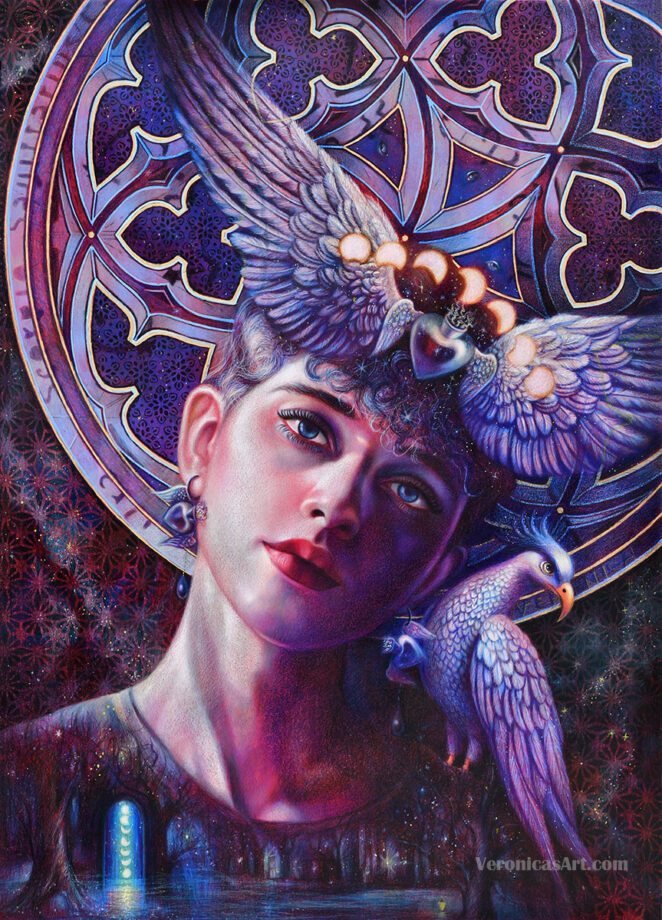
6. It’s becoming optimistic.

When the student is ready, the teacher will appear.
Chinese proverb
Many artists are riddled with jealousy or a paralyzing fear of not being good enough or of not being able to achieve greatness. As a result, we draw endless comparisons and feel bad about ourselves. Release yourself from negative feelings. Cultivate gratitude inside yourself. The more light we, artists, create, the better our world becomes. Focus on the good things already happening in your life. Listen to motivational speakers like Tony Robbins, Jasmine Star, or whoever you find inspiring. Meet and learn from fun, interesting, and inspiring people who are ahead of you.
I hope my journal helps you create and shine. Our world doesn’t exist without beauty, and you, along with other artists, help create the most beautiful world filled with light!
